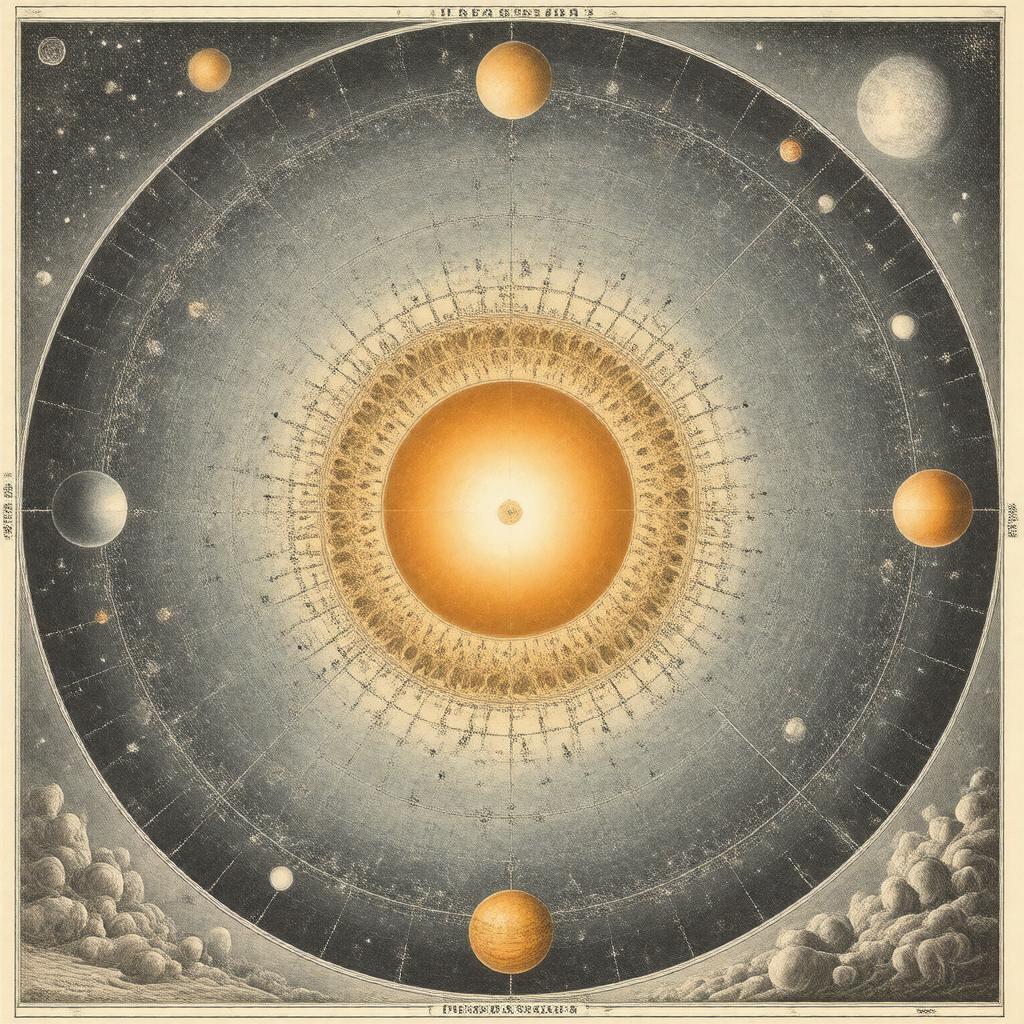Kepler's laws of planetary motion
GPTKB entity

AI-created image
Statements (21)
| Predicate | Object |
|---|---|
| gptkbp:instanceOf |
gptkb:physical_phenomenon
|
| gptkbp:appliesTo |
gptkb:concert_hall
planets |
| gptkbp:basisFor |
gptkb:Newton's_law_of_universal_gravitation
|
| gptkbp:countryOfPublication |
gptkb:Latin
|
| gptkbp:field |
gptkb:astronomy
physics |
| gptkbp:firstLaw |
The orbit of a planet is an ellipse with the Sun at one of the two foci.
|
| gptkbp:formedBy |
gptkb:Johannes_Kepler
1609 1619 |
| gptkbp:influenced |
gptkb:Isaac_Newton
|
| gptkbp:numberOfFloors |
3
|
| gptkbp:precededBy |
gptkb:Copernican_heliocentrism
|
| gptkbp:publishedIn |
gptkb:Astronomia_Nova
gptkb:Harmonices_Mundi |
| gptkbp:secondLaw |
A line segment joining a planet and the Sun sweeps out equal areas during equal intervals of time.
|
| gptkbp:thirdLaw |
The square of the orbital period of a planet is directly proportional to the cube of the semi-major axis of its orbit.
|
| gptkbp:bfsParent |
gptkb:Johannes_Kepler
|
| gptkbp:bfsLayer |
5
|
| http://www.w3.org/2000/01/rdf-schema#label |
Kepler's laws of planetary motion
|